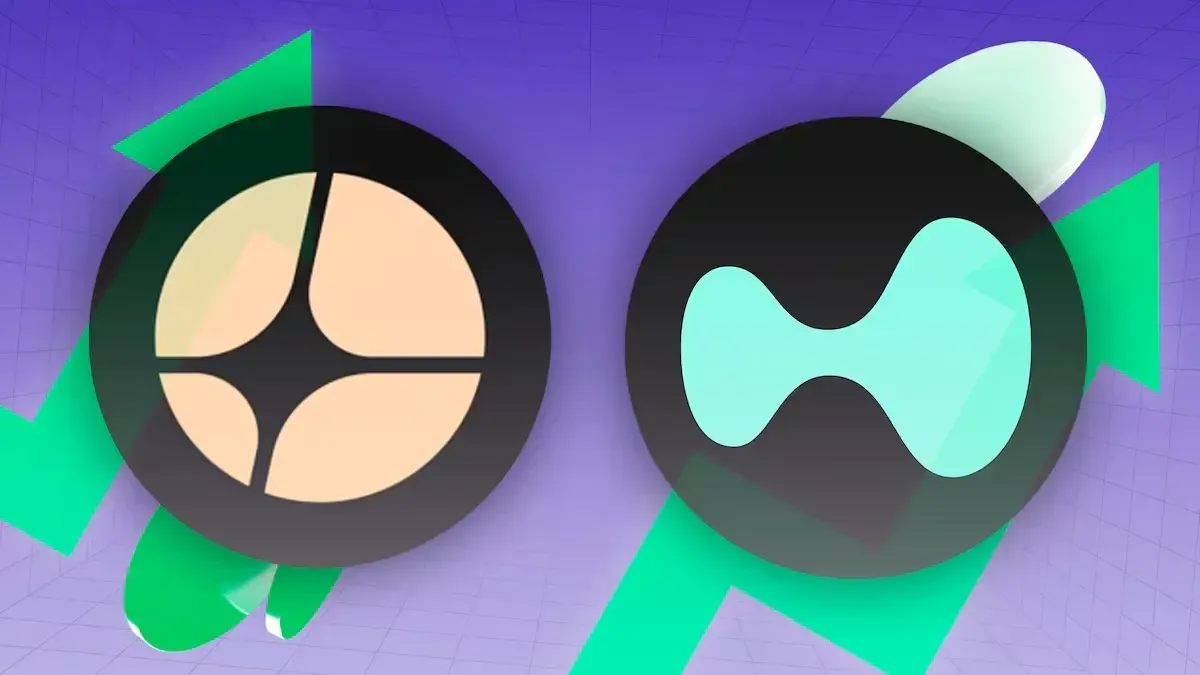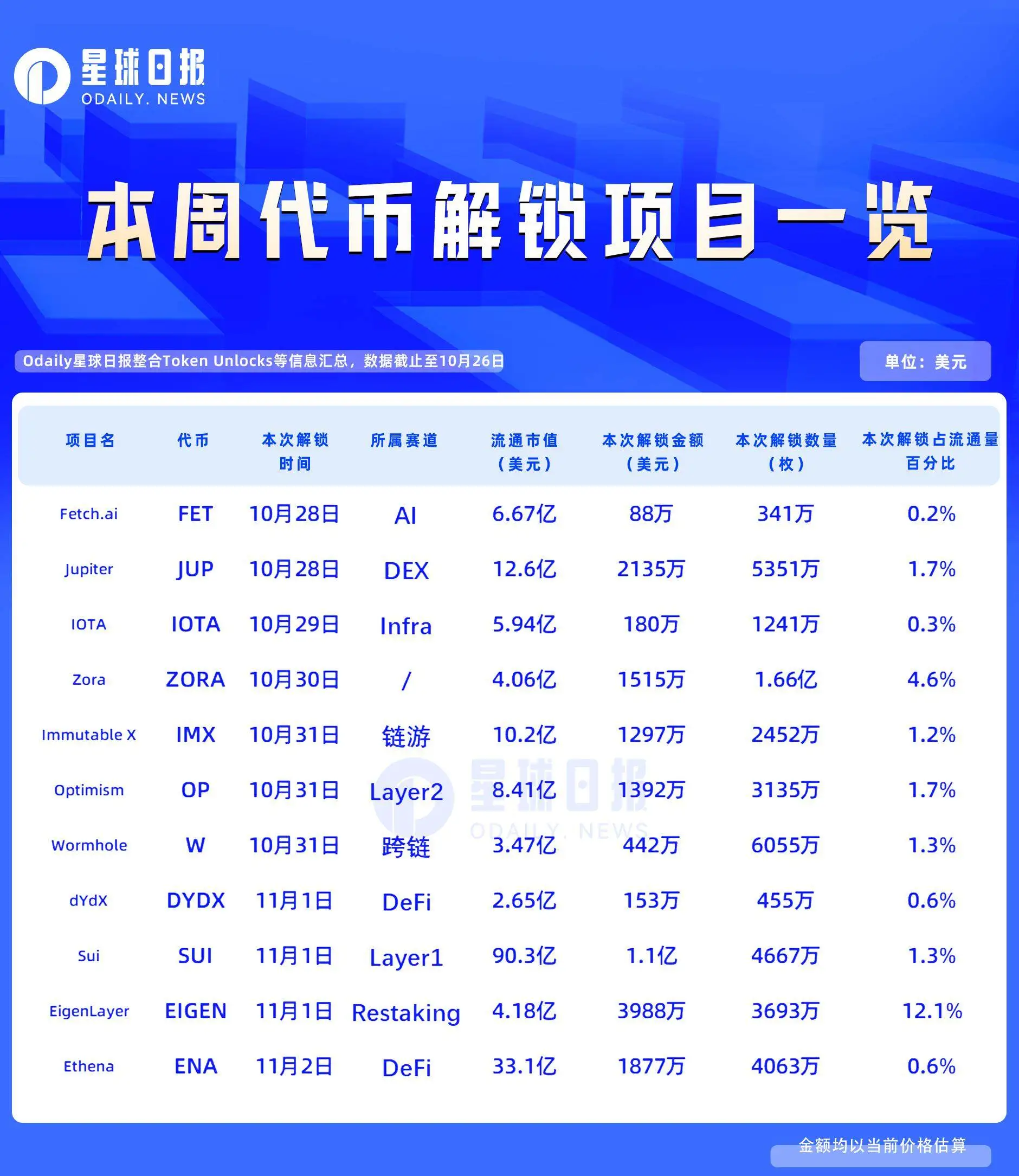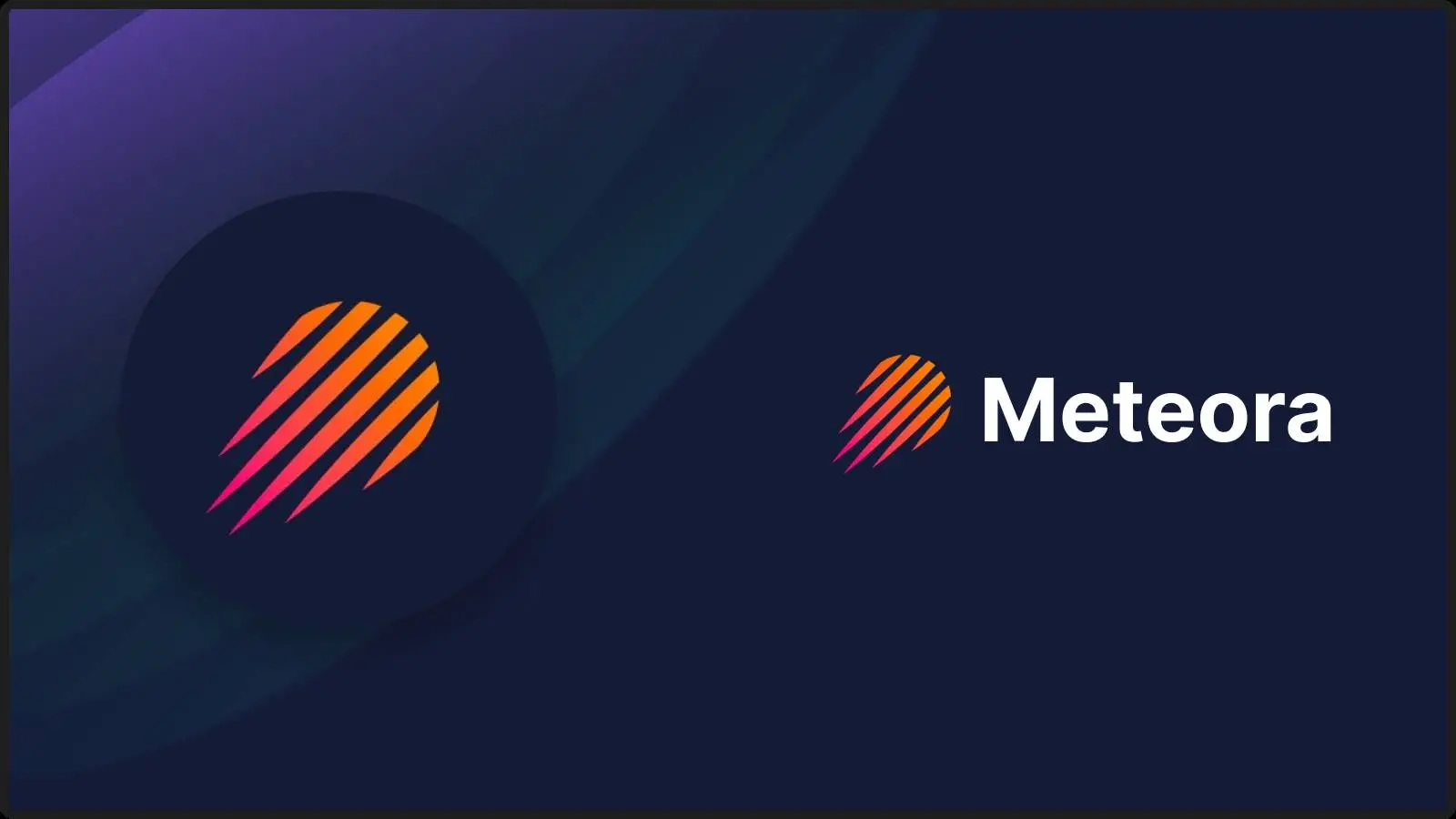The torrent of algorithms continues, and security incidents hang over us like the sword of Damocles, never a question of "if" but "when" they will occur. Recently, CEX and DeFi have frequently encountered hacker attacks, with asset losses, contract vulnerabilities, and the shadow of Trojan viruses looming over the market, making "security" once again the focus. The crypto world has never been absolutely secure; there are only ever-evolving security strategies. When the traditional financial principle of "too big to fail" fails in the Web3 world, the industry faces unprecedented questioning: Who should we entrust our asset security to?
OKX clearly recognizes the security risks in the crypto industry, but we focus on solutions rather than fear—fear does not solve problems; technological innovation is the answer. We care about the security of all crypto users, and no matter where people trade, we always advocate for higher security standards, and through self-custody wallets, POR, and other technological innovations, we enable users to truly own their asset sovereignty. This is not marketing; it is the inevitable direction of industry development.

We believe that the future of Web3 is not built on trust in centralized platforms but on code, transparency, and user sovereignty. True security does not rely on any platform but is in the hands of the users themselves. Therefore, the self-custody wallets we advocate are not just a product concept but a shift in industry paradigm, representing a return to decentralization, transparency, and personal sovereignty. OKX is committed to promoting higher security standards, providing more transparent and trustworthy solutions not only for itself but for the entire industry.
We hope to strengthen OKX's commitment to crypto security by helping users understand the concept of self-custody wallets, assisting them in making informed decisions, and raising security awareness. OKX firmly believes that the industry must continuously evolve to protect user asset security, and we support stricter security standards to ensure the long-term development of the entire industry.
Advantages & Disadvantages of Decentralized Self-Custody Wallets
Dimension
Decentralized Self-Custody Wallets
1. Private Key Control
✅ Users have complete control over their private keys (or shard keys)
2. Actual Asset Ownership
✅ Assets are fully owned by the on-chain address corresponding to the private key
3. Security Dependency
✅ Relies on the security of cryptographic algorithms and the blockchain network itself
4. Transaction Transparency
✅ All transactions are traceable on-chain, and address behavior is completely transparent
5. Anonymity
✅ No identity verification required; addresses are not forcibly linked to real identities
6. Operational Autonomy
✅ Direct interaction with the blockchain, no third-party intervention
7. Risk Types
? Personal risk control errors (private key leakage/unauthorized access/operational mistakes)
8. Asset Recovery Capability
❌ Loss of private key = permanent loss of assets, with no recovery options
9. Technical Architecture
? Pure on-chain architecture, interacting through smart contracts or protocols
10. Applicable Scenarios
Long-term holders, deep DeFi users, privacy seekers
The "platform security" of the traditional paradigm and the "self-sovereign security" of the Web3 era are fundamentally different. "Not your key, Not your money," self-custody wallets grant users absolute control over their crypto assets, achieving decentralized management through unique private keys. Users can perform asset storage, trading, and other operations without relying on third-party institutions, truly becoming the managers of their personal digital assets. This security mechanism based on mathematical proof completely breaks away from the traditional security framework that relies on human operation and maintenance, not only safeguarding the integrity of asset ownership and privacy rights but also avoiding the redemption risks caused by operational crises of centralized platforms. However, absolute control comes with complete responsibility; users must independently bear security obligations such as mnemonic phrase management.
In terms of account generation and private key backup, unlike traditional wallets that only support deriving multiple wallets from a single mnemonic phrase, the OKX Web3 wallet is the only one that can create multiple mnemonic phrase wallets and derive multiple accounts from a single mnemonic phrase, enhancing user flexibility and security in asset management while effectively reducing the risk of private key leakage. Additionally, the OKX Web3 wallet reconstructs the backup process, allowing users to complete off-chain backups simply by logging into their iCloud/Google account and setting an encryption password. This solution breaks the reliance on traditional hardware; even if the device is lost or the mnemonic phrase is forgotten, assets can still be quickly restored through cloud-verified encrypted backups. A triple protection system: cloud storage + password verification + local encryption, lowers the operational threshold while building a fault-tolerant insurance mechanism for crypto assets.
At the same time, the OKX Web3 wallet provides robust private key protection features, such as prohibiting users from taking screenshots or recording their private keys and mnemonic phrases to prevent information leakage. To further enhance security, it also supports segmented copying of private keys, ensuring that every step is protected. Through these protective measures, users' private keys and mnemonic phrases are always under strict security protection, reducing potential security risks.
According to public audits by SlowMist Technology, all private keys and mnemonic phrases of OKX Web3 wallet users are stored only on the user's local device and are not uploaded to any external servers. Furthermore, the SDK related to the OKX Web3 wallet is also open-source, having undergone extensive verification and continuous review by the global developer technical community, making it more open and transparent. The private key security module of the OKX Web3 wallet meets financial-grade security standards, ensuring that mnemonic phrases are stored offline throughout and never touch the internet.
In response to the common "unlimited authorization" risk in the DeFi ecosystem, the OKX Web3 wallet has built-in smart contract permission management features, supporting custom authorization limits, one-click risk authorization cancellation, continuous risk monitoring, risk alerts for DApps that have not interacted for 30 days, and regular pop-up risk reminders, further eliminating the asset exposure risk caused by excessive authorization, creating a "minimum permission" security paradigm.
For example, many users have authorized various contracts, but long-term inactive contracts may become targets for hacker attacks due to a lack of project maintenance. The OKX Web3 wallet records the contracts users have authorized through on-chain retrieval and tracks the risk-free contracts among them. For contracts that have not interacted for a long time, the system will automatically detect them and promptly alert users upon discovering risks. Every 30 days, the system will remind users who have not canceled the authorization of long-term inactive contracts, suggesting that they regularly manage wallet contract authorizations and timely cancel contracts that are no longer in use to reduce potential risks. Additionally, the OKX contract monitoring engine provides 24/7 security protection, scanning user-authorized contracts in real-time and promptly notifying users to cancel authorization upon discovering risks; if not canceled within 24 hours, the system will remind users again.
To address on-chain interaction risks, the OKX Web3 wallet offers powerful risk transaction identification features, such as integrating the Tianyan KYT system to build a proactive defense network that scans risk address label databases in real-time. During key processes such as DApp interactions and asset transfers, it dynamically identifies threats like malicious contracts and phishing addresses through machine learning, achieving millisecond-level risk blocking before transactions. This protective system deeply integrates user autonomy with professional risk control capabilities, allowing self-custody wallets to maintain their decentralized characteristics while gaining security assurance capabilities that surpass centralized platforms.
The future of the industry is still uncertain, but self-custody wallets are undoubtedly a certain path—becoming the "Noah's Ark" of user asset security.
免责声明:本文章仅代表作者个人观点,不代表本平台的立场和观点。本文章仅供信息分享,不构成对任何人的任何投资建议。用户与作者之间的任何争议,与本平台无关。如网页中刊载的文章或图片涉及侵权,请提供相关的权利证明和身份证明发送邮件到support@aicoin.com,本平台相关工作人员将会进行核查。


